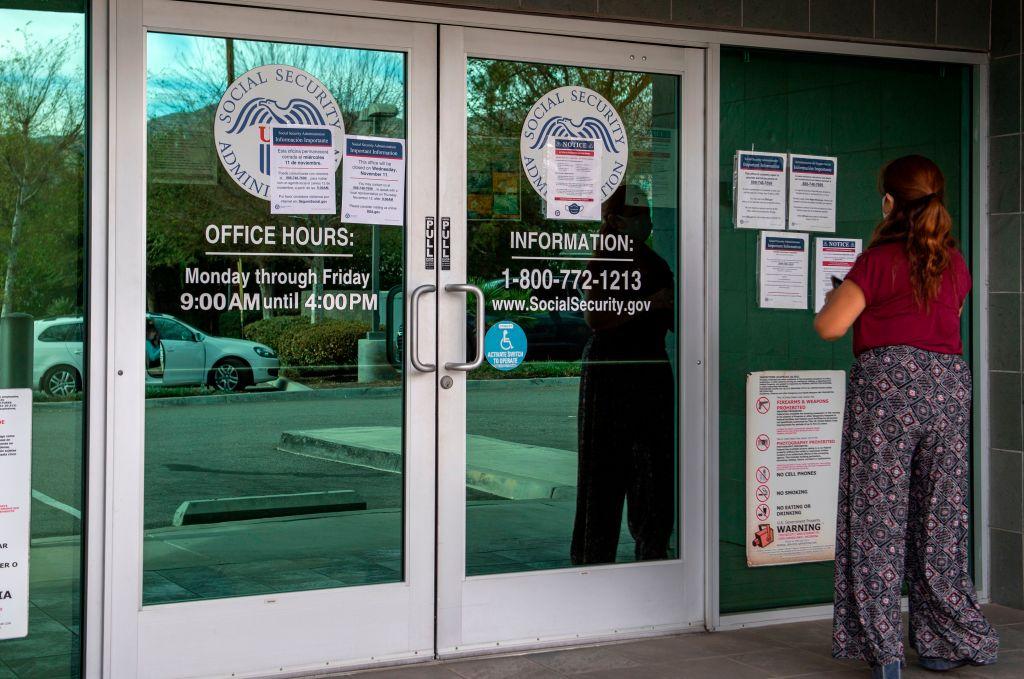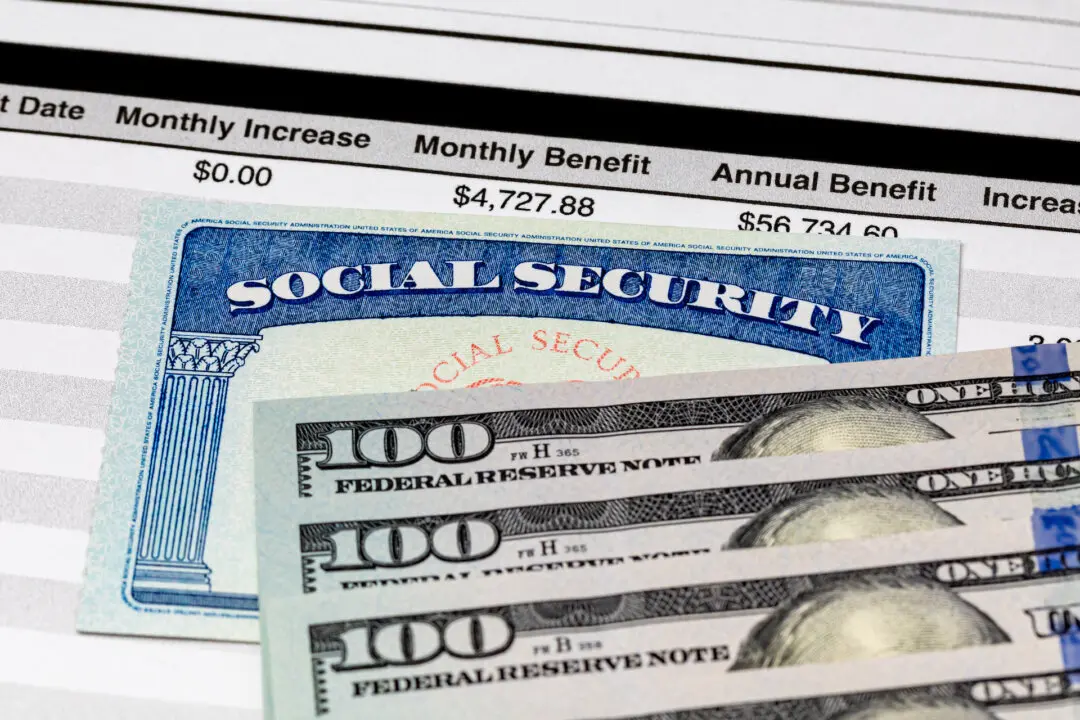This is going to be a column about a special procedure that the Social Security Administration routinely uses that’s intended to help people by protecting their rights to possible benefits. It’s called a “protective filing date.” In a nutshell, if you contact the SSA and tell them you intend to file for some kind of Social Security benefit and give them your name and Social Security number, it establishes a record that could possibly be used as a starting date for any Social Security application you might file later on. However, that protective date is usually good for only six months.
The best way to explain this procedure in more detail is by answering some questions I got from readers about this issue.






